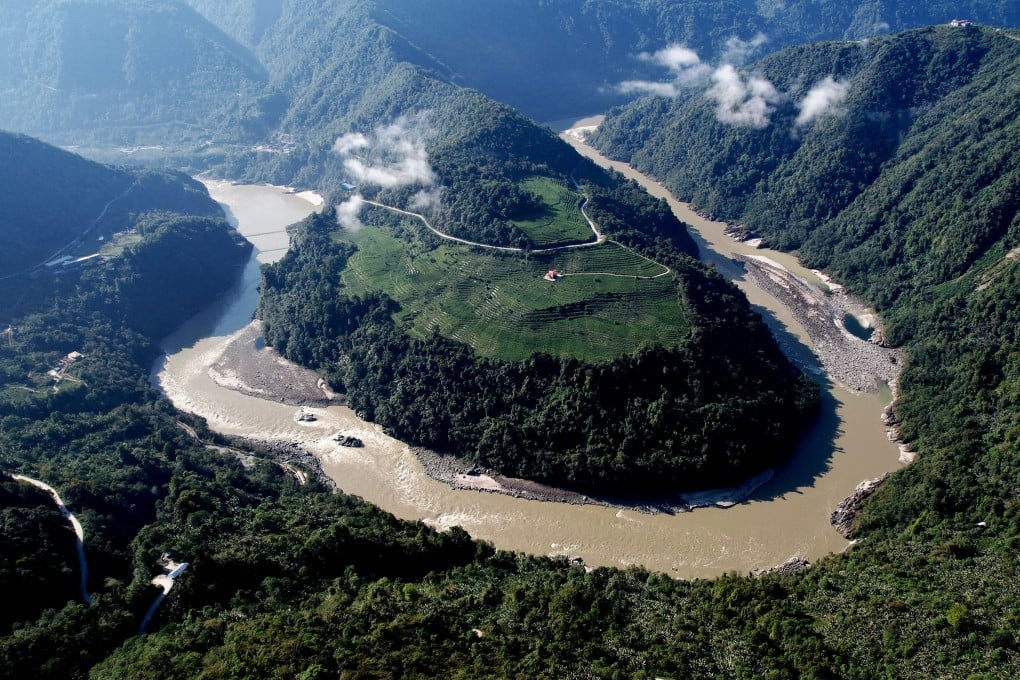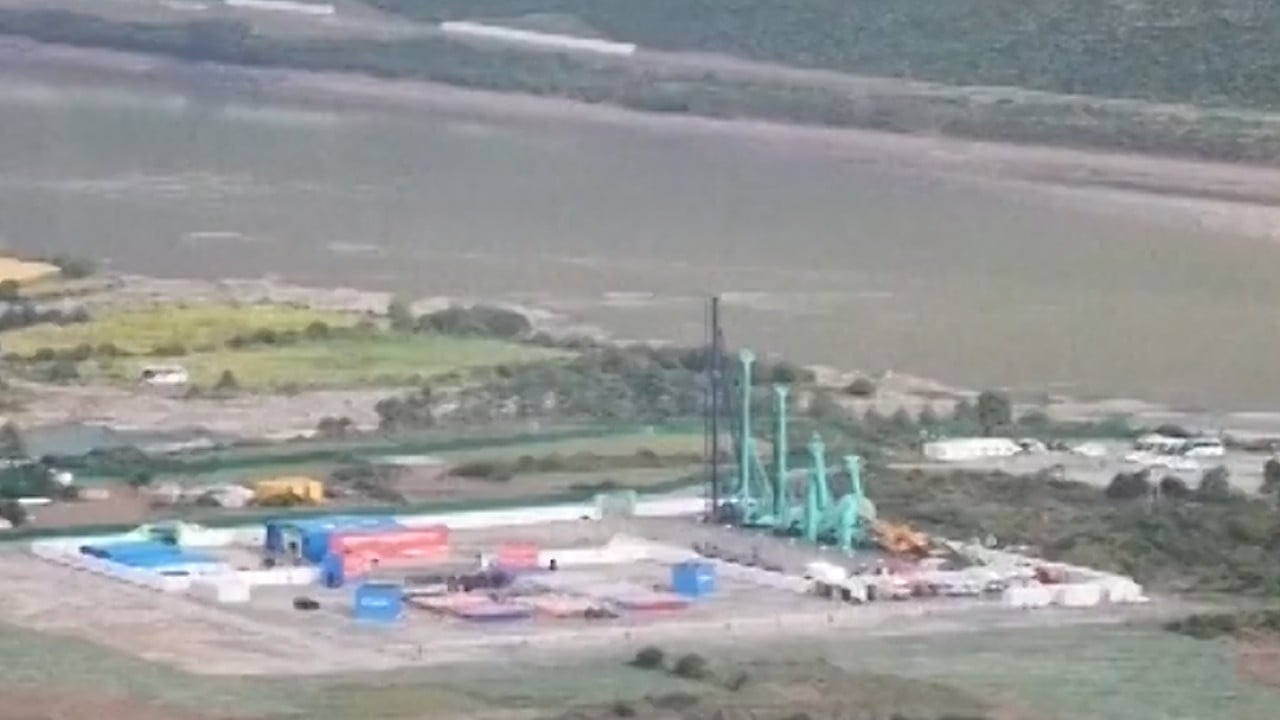The location in the remote and sparsely populated Tibetan borderlands has the potential to cause environmental and political ructions
Could China’s Tibet mega dam help boost its sway with South Asian neighbours?
Explainer | China is building the world’s biggest hydropower dam. Why is India worried?
US-China talks | Europe win on rare earths | Politburo
Video | China has begun building the world’s biggest hydropower dam
China seeks to boost trans-Himalayan project amid contest to win over Nepal
Infrastructure in Asia | China-India border dispute | China-India relations | India | Mainland China | Peking University | Fudan University
Dark Matters
Your weekly doses of insights on China’s rise in science, technology and military that goes under the surface
By submitting, you consent to receiving marketing emails from SCMP. If you don’t want these, tick here

Published: 6:00am, 25 Jul 2025Updated: 6:08am, 25 Jul 2025
China has officially broken ground on what is set to become the world’s largest hydropower dam on the Tibetan Plateau.
The dam is being built on the Yarlung Tsangpo in Medog – a remote yet geopolitically significant county close to the disputed border with India.
As well as becoming a major energy source, the dam is a key element in Beijing’s plans to develop the region and strengthen its border security.
However, it could also aggravate tensions with India as a result of a long-running border dispute and concerns about the impact on the environment and water security.
What is the location?
Medog, also known as Motuo in Chinese, is a border county in the southeast of the Tibet autonomous region, which lies in the foothills of the Himalayas.
The dam will harness the immense hydropower from the Great Bend, a steep canyon where the Yarlung Tsangpo makes a horseshoe turn, then drops about 2,000 metres (6,500 feet) over a 50km (30-mile) stretch.
As the river travels into India, it becomes the Brahmaputra river, which then flows through Bangladesh into the sea.
Medog’s mountainous setting meant it was once cut off from the rest of Tibet for much of the year, but in recent years the authorities have been building roads, tunnels and railways to better connect it to the outside world.
Its setting and ecological diversity have also seen it become a popular tourist destination in recent years.
Why is the site significant?
The project has heightened concerns about the environmental impact locally and downriver in India and Bangladesh, where the Brahmaputra is a vital water source for millions of people.
Some Indian politicians have expressed concern that Beijing could use the dam as a “water bomb” that could cause flooding or cut supplies, while the environmental concerns include the risk of landslides and damage to fragile ecosystems.
China has insisted it will not use the dam to benefit at the “expense of its neighbours” and has said it will carry out rigorous geological surveys and environmental monitoring.
A further concern for New Delhi is its location just north of the Line of Actual Control (LAC), the de facto dividing line between Chinese and Indian-controlled territory.
Beijing claims the Indian-controlled state of Arunachal Pradesh that lies to the south as part of south Tibet.
The Chinese authorities have already been engaged on a series of infrastructure projects to boost connectivity and have reportedly been constructing and expanding hundreds of villages in a region where India has traditionally held the military advantage.
Lin Minwang, deputy director of Fudan University’s Centre for South Asian Studies, said the dam could bring in over a further hundred thousand people while more infrastructure projects would help “improve the [area’s] geopolitical status”.
However, Zha Daojiong, a professor at the School of International Studies at Peking University, said “observers will need to wait and see if the locality does become a magnet for migrants” given China’s declining birth rates.
What do we know about China’s plans for the dam?
A plan published by the authorities in Medog for 2021 to 2035 details schemes to develop a clean energy cluster and support the construction of a hydropower base.

01:19
China breaks ground on world’s largest hydropower dam in Tibet
China breaks ground on world’s largest hydropower dam in Tibet
The genesis of the project stretches back decades, with the Yarlung Tsangpo being designated a “long-term strategic reserve project” in 2003.
Field surveys were launched near the Great Bend in 2014 before the project was included in the most recent five-year plan.
Beijing authorised construction in December 2024 with work finally beginning this month.
The megaproject will have a cost of around 1.2 trillion yuan (US$167 billion), according to state news agency Xinhua, and once complete could produce up to 300 billion kilowatt-hours of electricity each year, three times the output of the Three Gorges Dam on the Yangtze.
DATE . July/25/2025
